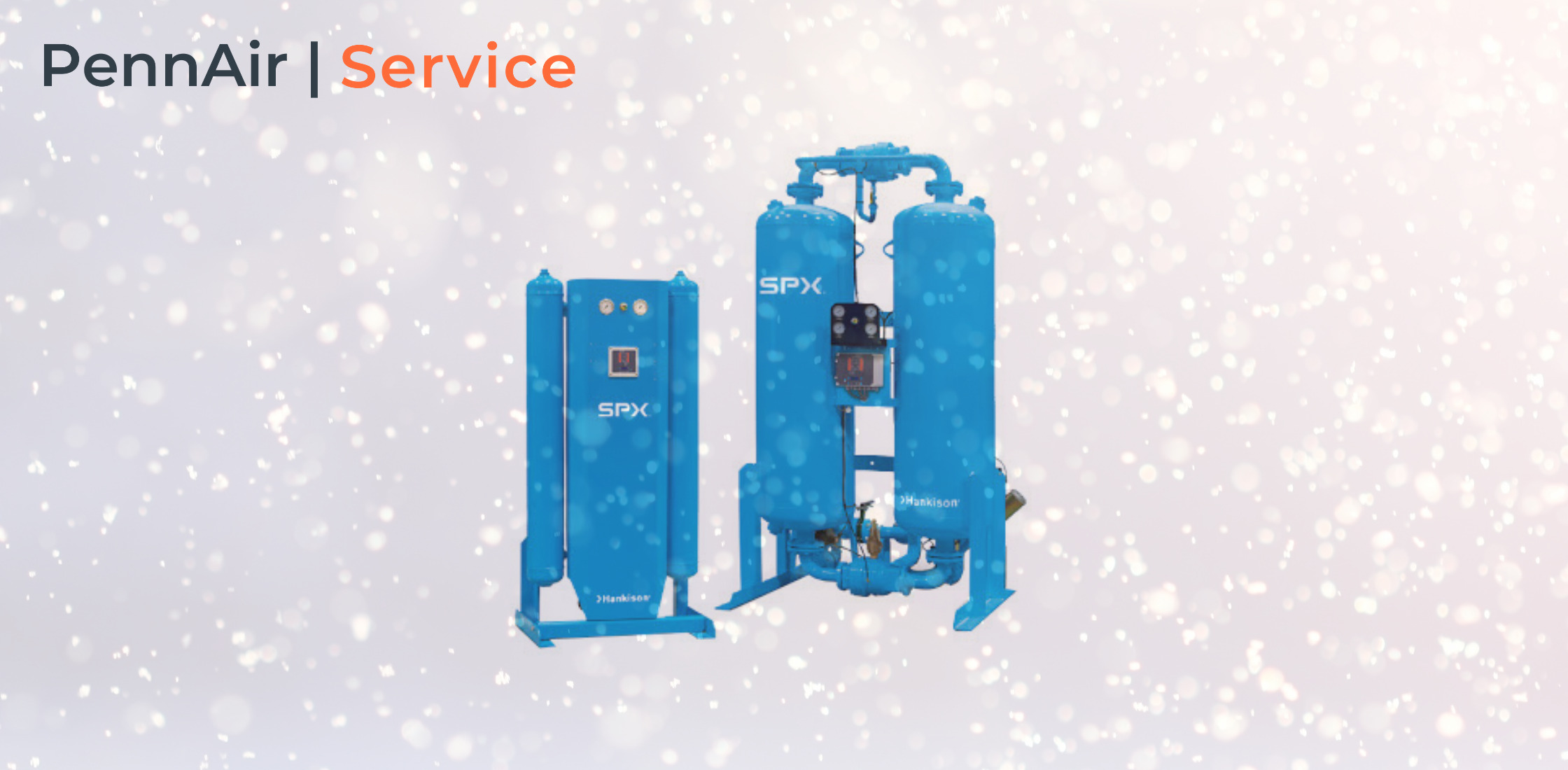- info@pennair.com
- 888-631-7638
- Service Counter: 717-840-1600

Technical Sales Manager, 32 years of Compressed Air Experience
October 28, 2020 // 3 minute read

Many industrial compressed air systems are located outside, or in minimally insulated facilities. This helps maintain the normal ambient temperatures for the equipment which range from 40 to 95° Fahrenheit.
In the winter, however, temperatures may drop well below 40 degrees Fahrenheit and remain low for long periods of time. If you want to ensure your facility continues to function as it should during the winter, it’s vital to protect your air system from extreme seasonal temperatures.
Sales Operations Manager
We’re looking forward to helping you. Whether you have questions about products, services, or a demo, our team is ready to help.
Fields with an asterisk* are required. This information allows us to better assist you.
We’d greatly appreciate it!
Your information will not be shared beyond our organization. The information collected is simply used to better assist you. Please visit our Privacy Policy to learn more.
You can see how this popup was set up in our step-by-step guide: https://wppopupmaker.com/guides/auto-opening-announcement-popups/
You can see how this popup was set up in our step-by-step guide: https://wppopupmaker.com/guides/auto-opening-announcement-popups/
You can see how this popup was set up in our step-by-step guide: https://wppopupmaker.com/guides/auto-opening-announcement-popups/
You can see how this popup was set up in our step-by-step guide: https://wppopupmaker.com/guides/auto-opening-announcement-popups/
You can see how this popup was set up in our step-by-step guide: https://wppopupmaker.com/guides/auto-opening-announcement-popups/
You can see how this popup was set up in our step-by-step guide: https://wppopupmaker.com/guides/auto-opening-announcement-popups/
You can see how this popup was set up in our step-by-step guide: https://wppopupmaker.com/guides/auto-opening-announcement-popups/